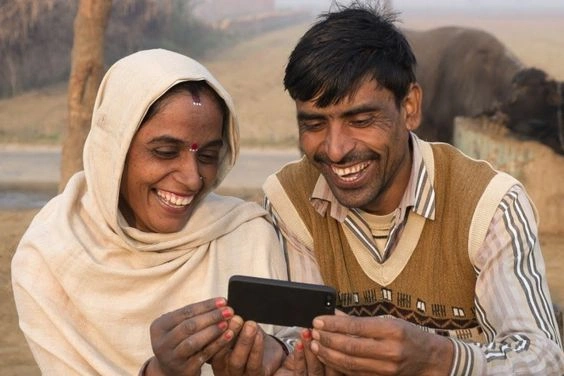Introduction
As India's rural marketplace booms, its vibrant ability keeps enticing brands. With over 65% of the populace dwelling in villages, knowledge of their precise desires and aspirations is not a choice, but a strategic imperative. But how do you navigate the diverse landscape of rural India without getting misplaced in translation? Let's discover 9 present-day strategies for achievement in 2024.
-
Beyond Demographics:
While knowing the demographics of rural areas is important, it opens the opportunities to identify their desires and fears. Additional insights into rural consumer behavior can be obtained by utilizing mobile data and AI-powered sentiment analysis, providing highly relevant hyper-personalized ads. Consider modifying your message to specifically address the issues of a dairy farmer in Haryana as opposed to a coffee producer in Coorg.
-
Content that Speaks their Language:
Ignore one-size-fits-all advertising strategies. India's rural areas are a mix of many languages, styles, and traditions. Accept local languages and platforms, such as community apps and regional OTT offers, to provide content that feels genuine and comfortable. Collaborate with regional influencers and storytellers to craft relatable stories that appeal to rural audiences. Leverage the future of OTT by tapping into the rising regional platforms, providing a distinct space for customized content. For instance, imagine lively Malvi short films highlighting the advantages of your new hybrid seeds, or catchy Bhojpuri songs promoting your financial offerings sung by local singers.
-
Mobile-First, Always:
The use of smartphones in India's rural areas is rapidly increasing, making mobile the unchallenged leader in rural marketing. Create mobile-first experiences that are optimized for low-bandwidth settings and data plans. Consider voice-activated search, chatbots that are engaging, and lightweight applications. Imagine a voice-enabled app in his native tongue providing farmers with weather and crop prices, or imagine interactive chatbots on a rural woman's phone educating her financial literacy.
-
E-commerce with a Rural Twist:
Rural consumers are using Internet shopping more and more. However, traditional logistics models often fall quickly. Collaborate with neighborhood Kirana shops and community associations to create last-mile movement systems. To assist those who are short on cash, consider innovative solutions like barter alternatives and coins-on-transport. Imagine a villager trading extra produce for needs through a community-driven e-commerce network, or ordering a farm gadget online and picking it up at his local Kirana shop.
-
Building Trust through Transparency:
Transparency and trust are highly valued in rural areas. Communicate openly about your costs, components, and sourcing methods. Use live Q&A sessions and community forums to have honest conversations. Your most effective marketing strategy in rural areas is word-of-mouth referrals and loyalty, which are developed by establishing trust.
-
Skill Development and Empowerment:
Go beyond selling products and investing in rural communities. Collaborate with NGOs and local institutions to provide skill development workshops, financial literacy programs, and digital literacy instruction. Empowering rural communities leads to a positive brand image and a loyal customer base who see you as a partner in their progress.
-
The Power of Purpose:
Rural customers of today are aware of social and environmental issues. Whether it's women's empowerment, rural healthcare projects, or sustainable farming techniques, align your brand with issues that matter to them. Include your mission in your marketing story, but make sure it's genuine and stay away from tokenism. Consider collaborating with nearby farmers to advance organic farming methods or supporting a rural healthcare project while advertising your medical products.
-
Leveraging the Gig Economy:
The gig economy presents a unique opportunity to reach and engage rural audiences. Partner with local delivery platforms, micro-influencers, and content creators to spread your message. This not only provides income opportunities for rural communities but also taps into their local knowledge and networks for effective outreach.
-
Embracing AI and Chatbots:
Leverage AI chatbots to provide 24/7 customer support in local languages. Imagine a farmer seeking crop advice or a rural woman inquiring about loan options, all via an easily accessible chatbot that speaks their language. This closes the accessibility gap in rural areas while also improving the consumer experience.
Conclusion
Remember that effective rural marketing strategies do not involve imposing urban methods on a non-urban environment. It involves comprehending, responding to, and collaborating with complex communities. You may make true connections with India's exceptional consumers and tap into the huge potential of the rural market by using these innovative techniques.


.webp)